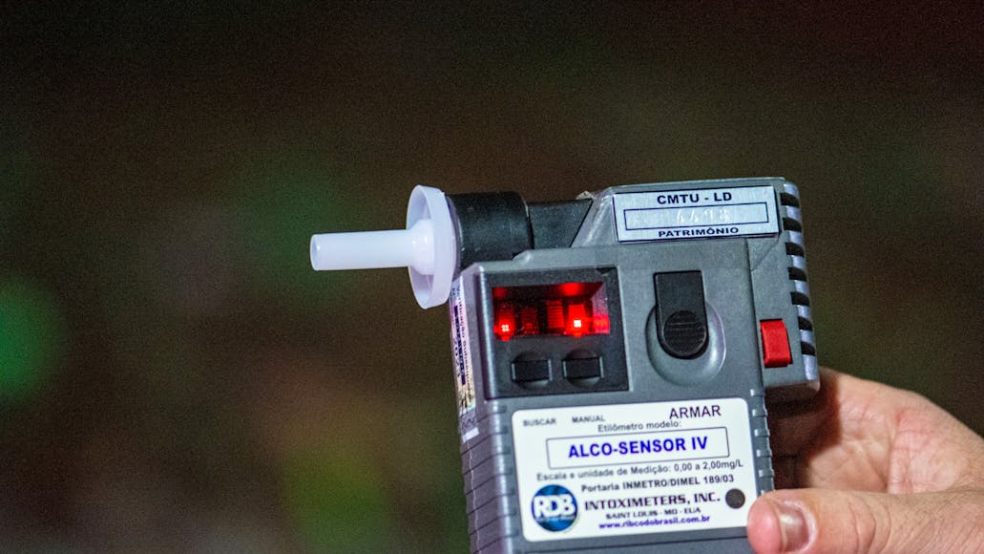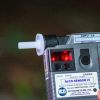
Comparing Digital vs. Traditional Breathalyser Tests: Reliability, Accuracy, and Practical Considerations
People use a breathalyser test to check if they are safe to drive after drinking alcohol. This test can be either digital or traditional, and people often wonder if one type is more trustworthy than the other. Digital breathalyser tests are generally known to give more consistent and accurate readings when used correctly.
Anyone who wants clear results before making choices about driving can find many digital and traditional options in shops today. Digital devices make use of sensors and often come with simple displays, while traditional tests are usually single-use and less advanced in their design. For those thinking about which to choose, a breathalyser test is easy to find and can provide results quickly.
Choosing between digital and traditional tests depends on what is most important to the person using it, such as accuracy, cost, or how often the test will be used. Testing methods continue to get better, but knowing the main differences can help people decide which type suits their needs best.
Understanding Digital And Traditional Breathalyser Tests
A breathalyser test falls into two main types: digital and traditional. These devices use different ways to measure alcohol in the breath, and the technology in each affects how the test works and what results people see.
How Digital Breathalysers Work
Digital breathalysers use electronic sensors to detect alcohol. Many use fuel cell sensors, which respond to alcohol only, or semiconductor sensors, which can react to other substances but cost less.
A person blows into a small mouthpiece. The sensor in the device measures the alcohol level and shows the result on a digital display, usually within seconds. Digital breathalysers can store data, and some models allow for multiple uses before calibration is needed.
These devices often use batteries and are smaller and easier to carry than some older models. Features may include a memory for past readings or the ability to connect to apps for tracking results.
How Traditional Breathalysers Work
Traditional breathalysers can refer to single-use chemical test strips or older tube-based devices. These do not use digital sensors. Instead, a person blows into a tube or bag filled with chemicals that react to alcohol.
One common type has a glass tube with chemical crystals. When someone breathes into the tube, the crystals change colour based on the alcohol level. The user then reads the result by comparing the tube’s colour to a printed scale.
These tests are often single-use and do not need power or batteries. They are limited by the accuracy of reading colour changes and tend to be less sensitive to small amounts of alcohol in the breath.
Key Differences In Technology
The biggest difference is in the sensor system. Digital breathalysers use electronic sensors, while traditional types rely on chemical reactions and visual readings.
A table can help compare the features:
|
Feature |
Digital Breathalysers |
Traditional Breathalysers |
|
Sensor Type |
Fuel cell or semiconductor |
Chemical crystals |
|
Display |
Digital screen |
Colour change on tube/strip |
|
Power Needed |
Battery or rechargeable |
None |
|
Use Count |
Multi-use (most models) |
Single-use |
|
Data Storage |
Yes (most) |
No |
Digital breathalysers can usually give faster results and allow for more tests per device. Traditional breathalysers keep things simple and do not need any electronics or settings. Both types have uses, depending on what someone needs.
Reliability And Accuracy: Digital Vs. Traditional Breathalysers
Digital and traditional breathalysers each have their own strengths and weaknesses in measuring blood alcohol levels. Several factors, from technical design to user handling, can influence how well each type works in different situations.
Performance In Controlled Conditions
In controlled settings, both digital and traditional breathalysers can achieve precise results. Police station devices, often called evidential units, are typically accurate to about ±3%, which is similar to a blood test. Well-made digital handheld breathalysers can be accurate to around ±5%. This means both types can give reliable readings when tested by trained staff and kept in good working order.
Both single-use and digital devices need calibration and proper care. If these steps are followed, the difference in outcome can be minimal during lab testing. However, personal consumer models may not match the police equipment due to variability in sensor quality and calibration routines. High-quality digital breathalysers can be almost as precise as professional units, but cheap models sometimes give inconsistent results.
Real-World Effectiveness
Real-world use brings more challenges. Traditional police devices are used by trained officers, which reduces errors. Personal digital breathalysers, especially budget models, can sometimes misread alcohol levels, giving a result that is either too high or too low. Studies show some consumer breathalysers may not consistently match police units in pubs, clubs, and home situations.
Factors like temperature, humidity, and the time since the last drink can affect readings for both digital and traditional devices. Some digital models have built-in features to adjust for the environment, but these can vary widely. Even the best home devices may show small differences compared to police models in everyday settings.
Factors Affecting Test Outcomes
Several elements influence test results. These include device quality, calibration, ambient conditions, and how long it has been since drinking alcohol. Traditional breathalysers, especially those used in legal settings, cost much more and often use more sophisticated sensors, giving higher accuracy.
Personal digital units may use cheaper components, which can impact readings. Both types need regular maintenance and recalibration to maintain performance. Frequency of use, how the breath sample is provided, and outside contamination (such as recent mouthwash use) can also make a difference in accuracy.
User Error And Consistency
User handling is a major source of mistakes, particularly with digital personal devices. Trained officers using traditional models follow set procedures, which makes their results more dependable. In contrast, home users may not follow instructions, like blowing too short or too softly, leading to inconsistent data.
Digital breathalysers often include automated instructions and features to guide the user, but errors still occur. Incorrect timing after drinking or improper sample collection can make any device—digital or traditional—give an incorrect result. Regular training and careful following of instructions reduce this risk, especially in formal testing environments.
Conclusion
Digital breathalysers tend to provide more accurate readings than traditional single-use types, thanks to their advanced sensors and technology. While traditional disposable tests offer convenience, they can vary more in their results.
Regular calibration and correct use are important for digital units to maintain accuracy. For those needing frequent or regular checks, digital models often give stronger consistency.
When deciding between these options, it's helpful to consider how often the device will be used, ease of use, and how important precise results are for the user.

















